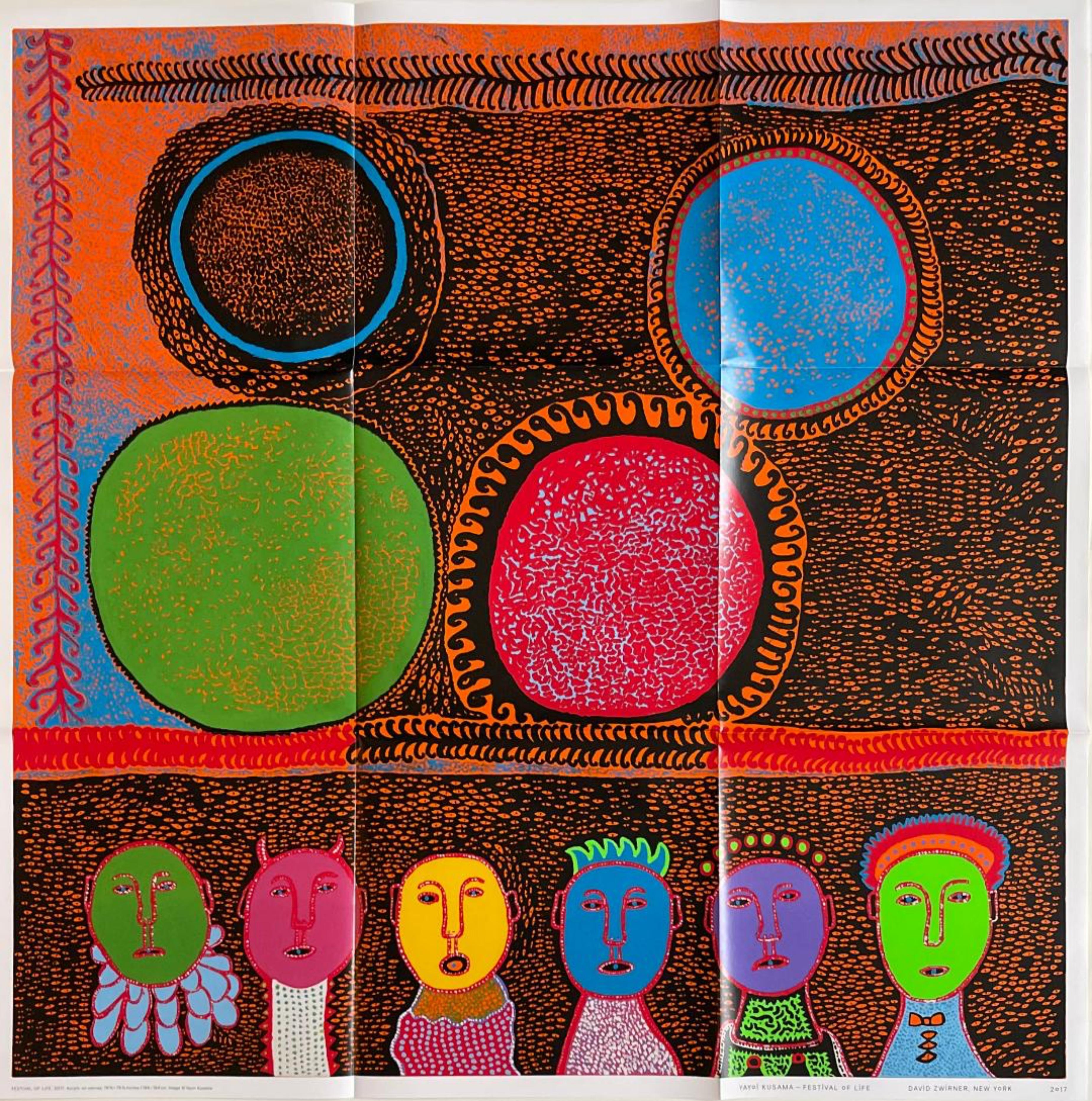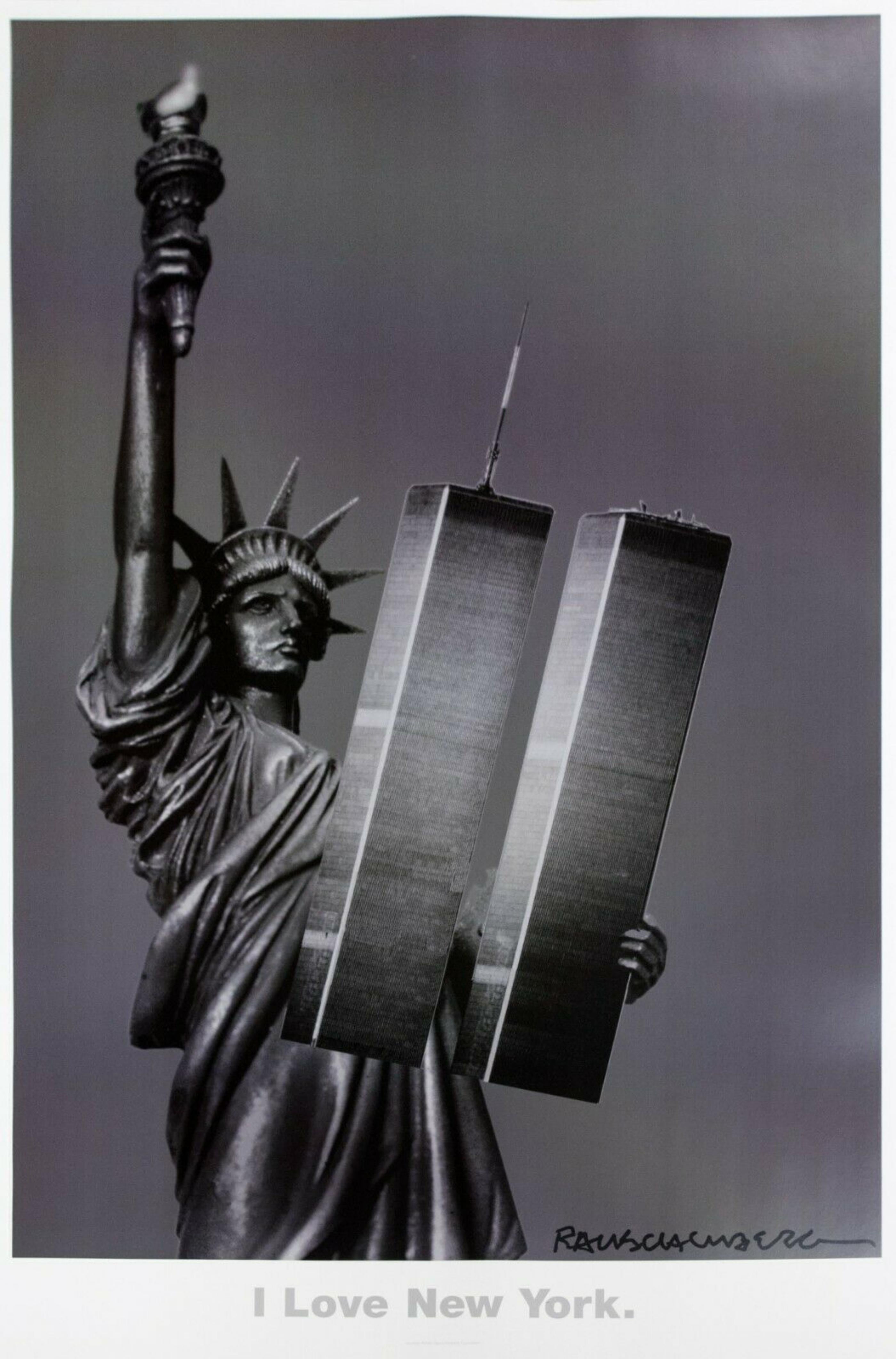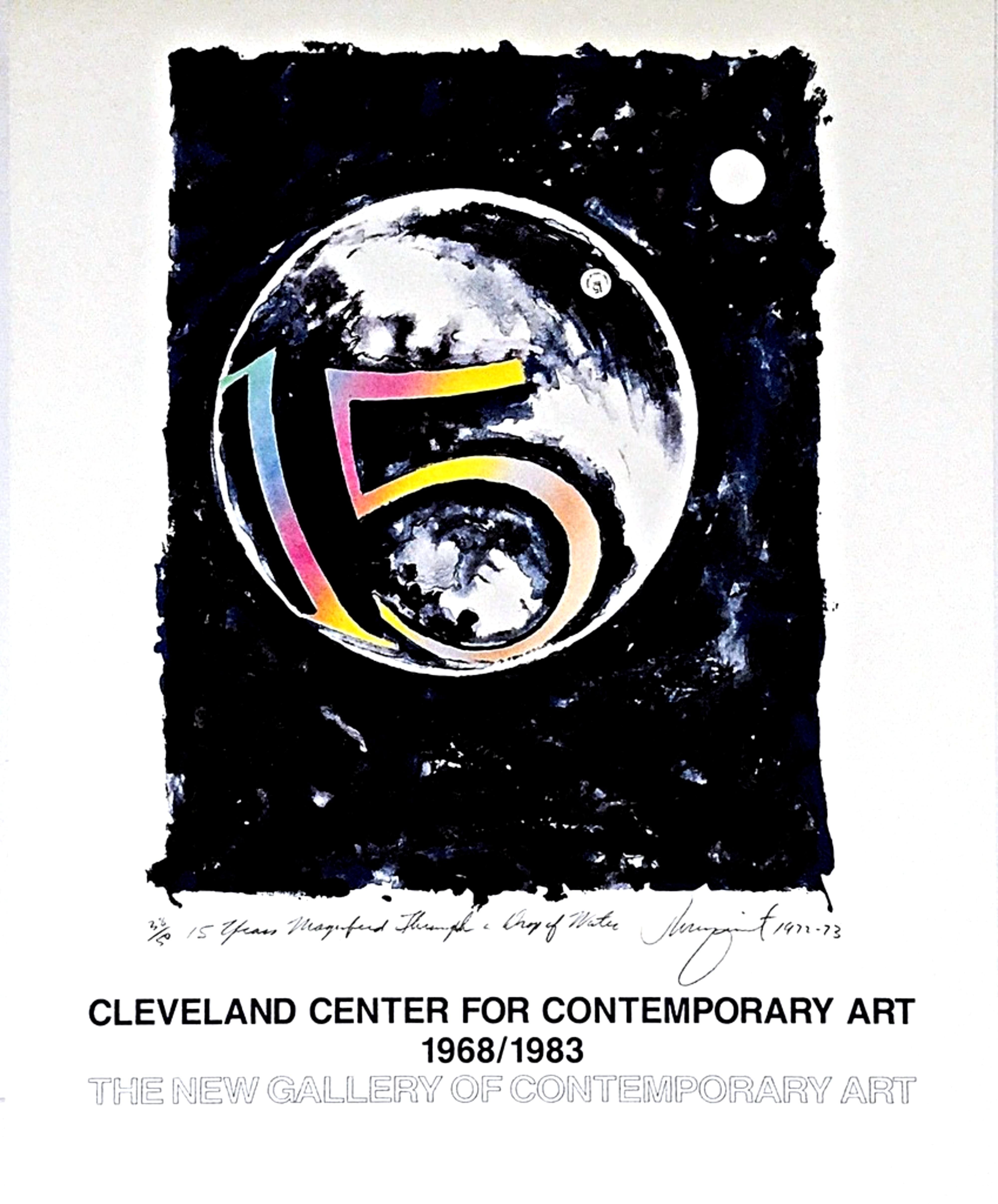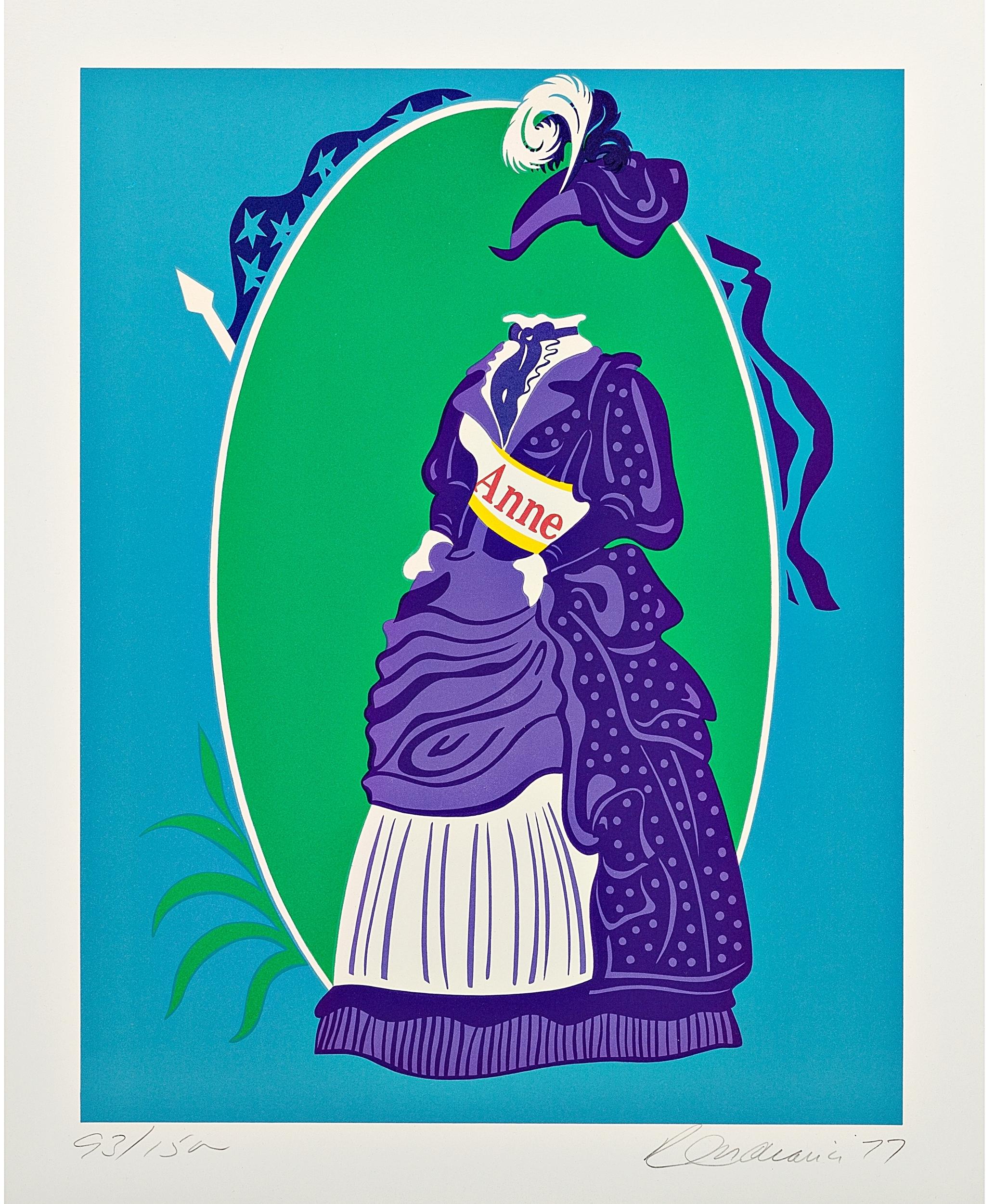Ben SchonzeitYankee Flame Pop Art photorealist Lt Ed Signed/N. Statue of Liberty US President1975
1975
About the Item
- Creator:Ben Schonzeit (1942, American)
- Creation Year:1975
- Dimensions:Height: 27 in (68.58 cm)Width: 19.3 in (49.03 cm)
- Medium:
- Movement & Style:
- Period:
- Condition:
- Gallery Location:New York, NY
- Reference Number:1stDibs: LU1745213221442
Ben Schonzeit
Ben Schonzeit was born in Brooklyn, New York in 1942. He is a graduate of The Cooper Union. He has exhibited widely both here and abroad since 1969. Schonzeit is a leading representative of the so-called Photo-Realists, who use photographs rather than reality as a basis for their paintings. He has also created works on paper from life and his imagination using a variety of mediums such as pen & ink, brush and watercolor. Schonzeit is internationally recognized as a pioneer of the Photorealist Movement (1970's) along with artists such as Richard Estes, Chuck Close, Robert Bechtle and Malcolm Morley. However, Schonzeit sets himself apart from this movement by choice and depiction of the subject matter. Schonzeit’s canvases were filled with highly magnified fruits, vegetables and flowers sometimes reproduced in a deliberately skewed, out of focus manner. His aesthetic is informed by the concurrent movements of Pop, that of color field painting, whose concerns were more formal. Schonzeit uses familiar objects as a vehicle to explore issues of color, form, content and abstraction. He is a prolific artist who embraces imagination as opposed to observation; invented rather than the depicted. Schonzeit is concerned with narrative color, abstraction, intellectual experience, drama and beauty. His work speaks of sensation, nostalgia, memory, relationships and associations unique to each viewer and each viewing. His paintings, drawings and photographs are included in the collections of many important museums around the world including the Solomon R. Guggenheim Museum, The Metropolitan Museum of Art, the Neue Nationalgalerie, Berlin, the Kunstmuseum Basel, the Denver Art Museum, and the Brooklyn Museum.
- ShippingRetrieving quote...Ships From: New York, NY
- Return PolicyA return for this item may be initiated within 1 day of delivery.
- The Wrapped (MCA), Chicago 1969 (Limited Edition of 200, Hand Signed by Christo)By Christo and Jeanne-ClaudeLocated in New York, NYChristo and Jeanne-Claude The Wrapped (MCA), 1969 (Hand Signed), 2019 Four-color offset lithograph on 110 lb. Crane Lettra Cover stock, with an elegant gold foil stamp. Hand Signed by Christo 22 3/5 × 30 inches Edition of 200 Hand-signed by artist, Signed in graphite pencil by Christo on the front. Also elegant gold foil stamp. Unnumbered from the documented limited edition of only 200 Published by Museum of Contemporary Art, (MCA) Chicago Unframed A great gift for anyone with ties to Chicago! This limited-edition, hand signed offset lithograph on 110 lb. Crane Lettra Cover stock commemorates Christo's exhibition "Wrap In Wrap Out", which took place at the MCA’s original location on 237 East Ontario Street, Chicago. The project became the first public building Christo and his wife, Jeanne-Claude, wrapped in the United States. In an illuminating 2010 article entitled, "A daring plan to wrap a Chicago museum raises city ire – and makes art history," author Robin Amer recounts how Christo came to choose Chicago -- or rather how Chicago chose New York based artist Christo: "During a recent conversation he [Christo] ticked off the list of buildings he approached in downtown Manhattan starting in 1961. “Number 2 Broadway, number 20 Exchange Place,” he recalled. “We tried to wrap a building at Times Square. They all said no. Christo said he quickly realized that his best hope to wrap a building – his first in North America – would be to wrap a museum, which might be more amenable to his strange proposition.Christo and Jeanne-Claude approached New York’s Museum of Modern Art in 1967. The museum was interested, but Christo said they failed to secure permission for the show from the New York Fire...Category
1960s Pop Art Abstract Prints
MaterialsFoil
- Señorita Rio, from the Deluxe signed edition of 1 Cent Life Portfolio (85/100)By Mel RamosLocated in New York, NYMEL RAMOS Señorita Rio, from the Deluxe signed edition of 1 Cent Life (Artists & Collaborators), 1963 Color lithograph on wove paper Hand signed and dated on the lower right front; print numbered on the colophon page a copy of which is affixed to the back of the frame (see photo) Edition 85/100 Published by E.W. Kornfeld, Germany, Written by Walasse Ting, Edited by Sam Francis Framed: Elegantly floated and framed in a museum quality wood frame with UV plexiglass Provenance: Acquired from original, complete 1 Cent Life Portfolio, # 85/100 (Artists & Collaborators) from the Estate and Collection of Robert Indiana This original lithograph, splayed across two pages, is from the Deluxe edition of the legendary 1 Cent Life Portfolio, one of the most documented and celebrated artistic collaborations of the 1960s. Chinese American artist and writer Walasse Ting, in collaboration with Sam Francis, assembled a group of the most significant Pop and Abstract Expressionist artists in America, including Pop Artist Mel Ramos, along with the European COBRA artist to create the definitive artistic portfolio, with text by Walasse Ting. The Deluxe edition, which features hand signed prints was published in a limited edition of only 100. This is one of them. Of the 100, editions numbered 60-100, or 40 portfolios, were reserved exclusively for Artists & Collaborators. This hand signed Mel Ramos lithograph is from the portfolio numbered 85 (Artists & Collaborators), which was acquired from the Estate and Collection of Robert Indiana, one of the artists who contribute to the 1 Cent Life portfolio. The racy text to the right of the print -- an anti-Corporate American screed, was written by Walasse Ting. It is elegantly floated and framed in. amuseum frame with UV plexiglass. Signed examples of this portfolio with such superb provenance rarely appear on the marketplace. This is a true collectors item, from the most desirable and influential era in Pop Art history. Mel Ramos became famous for his ironic portraits of pin ups and how they are used in American advertising. (see detailed biography below). The poem called America to the right of the lithograph, entitled "America" was written by Chinese born artist Walasse Ting, and matches the image perfectly, as it's also a commentary on American commercial culture. The poem begins: Brain made by IBM & FBI stomach supported by A & P and Horn & Hardart love supported by Time & Life tongue supported by American Telephone & Telegraph soul made by 7up skin start with Max Factor heart red as U.S. Steel Measurements: Framed 19 inches vertical by 26 inches by 2 inches Lithograph 16 inches vertical by 22.5 inches More about the Signed (Deluxe) Edition of 1 Cent Life portfolio In 1962, the Chinese-American artist Walasse Ting shared his dream project with painter Sam Francis: to create an anthology of his poetry illustrated by leading artists of their time. Over the next two years, Ting and Francis recruited leading Abstract Expressionists and Pop artists—Andy Warhol, Joan Mitchell, Robert Rauschenberg...Category
1950s Pop Art Abstract Prints
MaterialsLithograph, Pencil
- EE-NUF! signed & numbered 31/50, anti-Pollution anti Fascism & anti-Trump printBy Ed RuschaLocated in New York, NYEd Ruscha EE-NUF!, 2020 Offset lithograph Hand signed and numbered 31/50 in pencil by Ed Ruscha on the front; accompanied by documentation issued by Gagosian Gallery 23 1/2 × 18 inch...Category
2010s Pop Art Figurative Prints
MaterialsLithograph, Offset, Pencil
- Marilyn Monroe I Love Your Kiss Forever Forever, Deluxe Edition, signed/n 85/100By Andy WarholLocated in New York, NYAndy Warhol Catalogue Raisonne Reference: Feldman & Schellmann II.5 Marilyn Monroe I Love Your Kiss Forever Forever, 1964 Color lithograph on two pages wove paper (from the Artists & Collaborators hand signed edition of 1 Cent Life Portfolio, Estate of the artist Robert Indiana) Edition 85/100 Hand signed by Andy Warhol on the front; numbered 85 on the colophon page a copy of which is affixed to the back of the frame Framed: Elegantly floated in a museum quality wood frame with UV plexiglass A copy of the colophon page has been affixed to the back of the frame. This is the first time the work has been removed from the original signed portfolio acquired from the Estate of Robert Indiana, one of the artists in 1 Cent Life. Framed: elegantly floated and framed in a museum quality wood frame with UV plexiglass This iconic 1964 Andy Warhol lithograph, splayed across two separate pages, is from the Deluxe, hand signed edition of only 100 of the legendary 1 Cent Life Portfolio - one of the most important and celebrated artistic collaborations of the 1960s. Provenance is superb as this was part of the complete portfolio acquired from the estate of Pop Artist Robert Indiana. (There was also an unsigned regular edition of 2000) "Marilyn Monroe I Love Your Kiss Forever Forever" is Warhol’s first depiction of Marilyn Monroe. Unlike later portrayals of the classic Hollywood star’s likeness set against vibrant colors, here Warhol has detailed a focused image of Monroe’s most seductive and elusive feature - her lips - set against a stark white backdrop. Chinese American artist and writer Walasse Ting, in collaboration with Sam Francis, assembled a group of the most significant Pop and Abstract Expressionist artists in America, including Andy Warhol, along with the European COBRA artists to create the definitive artistic portfolio, with text by Walasse Ting. The Deluxe edition, which features hand signed prints, was published in a limited edition of only 100. This is one of them. Of the 100, editions numbered 60-100, or 40 portfolios, were reserved exclusively for Artists & Collaborators. This hand signed Andy Warhol lithograph...Category
1960s Pop Art Abstract Prints
MaterialsLithograph, Pencil
- Shicago Justus (Chicago Justice), Homage to Bobby Seale of the Black PanthersLocated in New York, NYPeter Saul Shicago Justus (Chicago Justice) from Conspiracy: The Artist as Witness, 1971 Lithograph on Arches paper Edition AP (Rare AP, aside from the regular edition of 150) Hand-s...Category
1970s Pop Art Abstract Prints
MaterialsPencil, Lithograph
- Rolling Collar and Tie (Axsom/Platzker 259) iconic Pop Art lithograph Ed of 52By Claes OldenburgLocated in New York, NYClaes Oldenburg Rolling Collar and Tie (AXSOM/PLATZKER 259), 1995 Color lithograph on rice paper Pencil signed and numbered from the limited edition of only 52 on the front Measureme...Category
1990s Pop Art Abstract Prints
MaterialsLithograph, Pencil
- Study of HandsBy Roy LichtensteinLocated in New York, NYCreated in 1981 as an original lithograph with screen-printing, Roy Lichtenstein’s, Study of Hands is hand-signed in pencil, dated and numbered, measuring 31 ¼ x 32 ¾ in. (79.5 x 83....Category
20th Century Pop Art Figurative Prints
MaterialsLithograph, Screen
- 1971 Modernist Lithograph Redhead Pop Art Mod Fashionable Woman Richard LindnerBy Richard LindnerLocated in Surfside, FLRICHARD LINDNER (American. 1901-1978) Hand Signed limited edition lithograph with blindstamp Publisher: Shorewood-Bank Street Atelier for the Skowhegan School of Painting and Sculpture 29.25 X 22 inches Richard Lindner was born in Hamburg, Germany. In 1905 the family moved to Nuremberg, where Lindner's mother was owner of a custom-fitting corset business and Richard Lindner grew up and studied at the Kunstgewerbeschule (Arts and Crafts School since 1940 Academy of Fine Arts). From 1924 to 1927 he lived in Munich and studied there from 1925 at the Kunstakademie. In 1927 he moved to Berlin and stayed there until 1928, when he returned to Munich to become art director of a publishing firm. He remained there until 1933, when he was forced to flee to Paris, where he became politically engaged, sought contact with French artists and earned his living as a commercial artist. He was interned when the war broke out in 1939 and later served in the French Army. In 1941 he went to the United States and worked in New York City as an illustrator of books and magazines (Vogue, Fortune and Harper's Bazaar). He began painting seriously in 1952, holding his first one-man exhibit in 1954. His style blends a mechanistic cubism with personal images and haunting symbolism. LIndner maintained contact with the emigre community including New York artists and German emigrants (Albert Einstein, Marlene Dietrich, Saul Steinberg). Though he became a United States citizen in 1948, Lindner considered himself a New Yorker, but not a true American. However, over the course of time, his continental circus women became New York City streetwalkers. New York police uniforms replaced European military uniforms as symbols of authority.At a time when Abstract Expressionism was all the rage, Lindner’s painting went against the current and always kept its distance. His pictorial language of vibrant colours and broad planes of colour and his urban themes make him a forerunner of American Pop Art. At the same time, he owes the critical tone of his paintings to the influence of European art movements such as Neue Sachlichkeit and Dada. His first exhibition did not take place until 1954, by which time he was over fifty, and, interestingly, it was held at the Betty Parsons Gallery in New York, a venue associated with the American Expressionists. From 1952 he taught at the Pratt Institute, Brooklyn, from 1967 at Yale University School of Art and Architecture, New Haven. In 1957 Lindner got the William and Norma Copley Foundation-Award. In 1965 he became Guest Professor at the Akademie für Bildende Künste, Hamburg. His Ice (1966, Whitney Museum of American Art) established a connection between the metaphysical tradition and pop art. He did work on Rowlux which was used by a number of pop artists (most notably Roy Lichtenstein)The painting shows harsh, flat geometric shapes framing an erotic but mechanical robot-woman. His paintings used the sexual symbolism of advertising and investigated definitions of gender roles in the media. While influencing Pop Art (Andy Warhol, Tom Wesselmann and Claes Oldenburg amongst others) his highly colourful, hard-edge style seems to have brought him close to Pop Art, which he rejected. Nevertheless, he is immortalised on the cover of the Beatles record "Sgt. Pepper’s Lonely Hearts Club Band" (1967) as a patron of the pop culture. He also did a tapestry banner with the Betsy Ross Flag...Category
1970s Pop Art Abstract Prints
MaterialsLithograph
- LITHO/LITHOBy Roy LichtensteinLocated in Aventura, FLHand signed, dated and numbered by the artist. Lithograph in colors on Special Arjomari with the Gemini G.E.L. blindstamps, Los Angeles. Sheet size 35 x 48 in. Image size 28.25 x 43....Category
1970s Pop Art Abstract Prints
MaterialsLithograph, Paper
- Tumbleweed, James RosenquistBy James RosenquistLocated in New York, NYLithograph on Black Fabriano paper. Signed by the artist and dated 1970 lower right in pencil; numbered 59/68 lower left in pencil. This electric blue image of a neon sculpture was d...Category
Late 20th Century Pop Art Figurative Prints
MaterialsLithograph
- Robert Rauschenberg 'Core'By Robert RauschenbergLocated in New York, NYC.O.R.E. 1965 Lithograph Signed and numbered edition of 200 36 X 24 inches Robert Rauschenberg’s work reflects a methodology between the approaches of structuralism and post-...Category
21st Century and Contemporary Pop Art Abstract Prints
MaterialsLithograph
- NOTES (KASSEL)By Claes OldenburgLocated in Aventura, FLHand signed and numbered by the artist. Edition of 100. Sheet size 23 x 15 in. Framed. Artwork is in excellent condition. Certificate of Authenticity is included. All reasonable of...Category
1960s Pop Art Figurative Prints
MaterialsPaper, Lithograph






